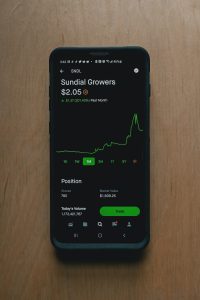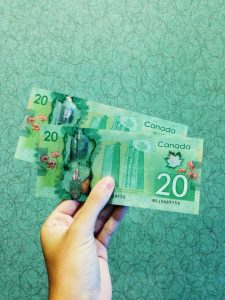Forex trading is a popular way of investing money in the foreign exchange market. One of the factors that affect forex trading is the rollover rate, also known as the swap rate. The rollover rate is the interest rate that is charged or paid on an open position that is held overnight. It is the difference between the interest rates of the two currencies being traded. In other words, if a trader buys a currency with a higher interest rate than the currency they are selling, they will receive a positive rollover rate. Conversely, if they buy a currency with a lower interest rate than the currency they are selling, they will have to pay a negative rollover rate.
The rollover rate is an important factor for forex traders because it can affect their profits and losses. It is also important to understand how often the rollover rates change in forex trading.
Rollover rates are calculated daily and are based on the interest rate differentials between the two currencies being traded. These rates are then adjusted for any additional charges or fees that may be incurred by the forex broker. The rollover rates are usually displayed on the trading platform of the forex broker and can be viewed by the trader.
The frequency of rollover rate changes in forex trading can vary depending on a number of factors. One of the main factors is the interest rate policy of the central banks of the currencies being traded. Central banks can change interest rates at any time, which can affect the rollover rates. For example, if the Federal Reserve increases interest rates in the United States, the rollover rate for buying the US dollar may increase, while the rollover rate for selling the dollar may decrease.
Another factor that can affect the frequency of rollover rate changes is market volatility. When there is high market volatility, the rollover rates may change more frequently. This is because the interest rate differential between the two currencies may change rapidly, causing the rollover rates to adjust accordingly.
The time of day can also affect the frequency of rollover rate changes. Rollover rates are usually calculated at the end of the trading day, which is commonly referred to as the rollover time. The rollover time varies depending on the forex broker and the time zone of the market being traded. For example, the rollover time for the New York market is usually at 5 pm EST, while the rollover time for the London market is usually at 10 pm GMT.
It is important for forex traders to keep track of the rollover rates and the frequency of their changes. Traders can use this information to help them make informed trading decisions, such as when to enter or exit a trade. They can also use this information to calculate the cost of holding a position overnight, which can affect their overall profitability.
In conclusion, the frequency of rollover rate changes in forex trading can vary depending on a number of factors, including the interest rate policy of the central banks, market volatility, and the time of day. Forex traders should keep track of the rollover rates and the frequency of their changes to make informed trading decisions and to calculate the cost of holding a position overnight.





